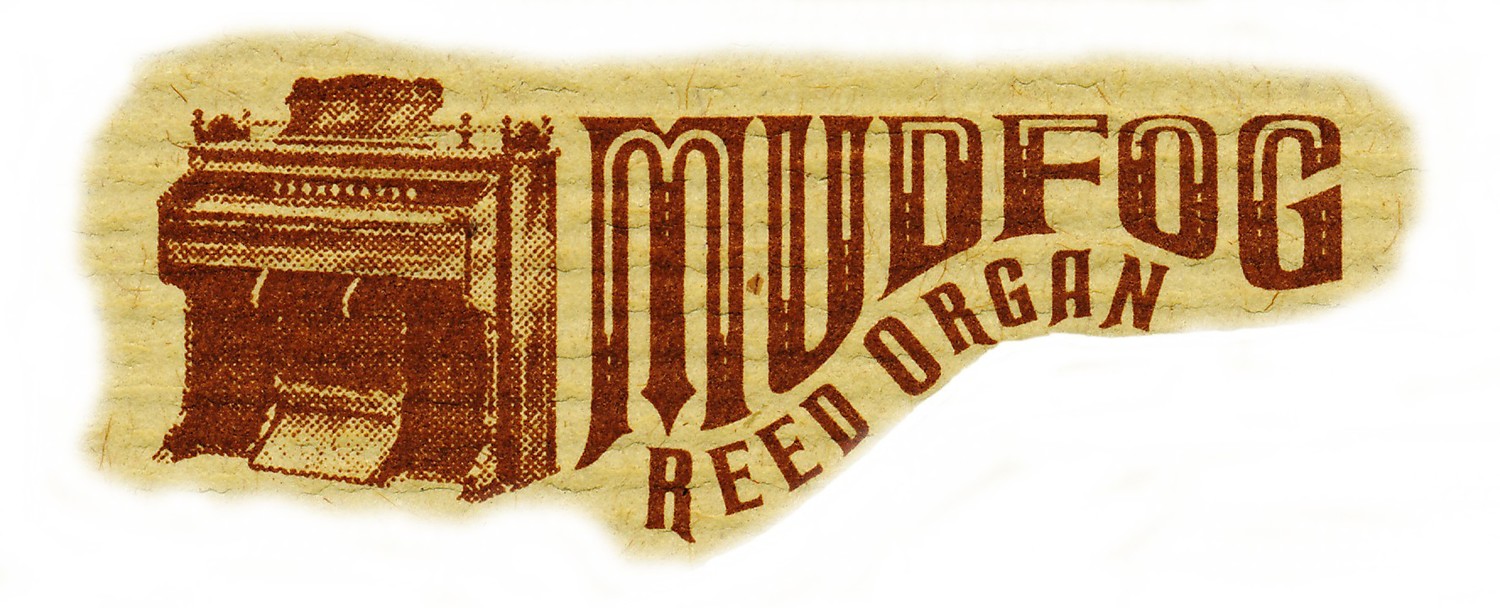With a passion for reed organs
Reed organs are not imitation pipe organs. The "organ" part of this instrument family is the characteristic manner in which a note starts and continues to sound as long as its key is depressed. Many reed organs also share with pipe organs the use of stops to control a variety of possible timbres, pitch families, and effects.
Reed organs have been (and still are around here) used to accompany congregational singing in situations where a pipe organ might be used in a larger or more affluent congregation. In their heyday, reed organs were more common in homes than pianos are today--"everyone had one", and they represented the foundation of musical culture in much of North America.
Introducing a new generation to the sounds of a reed organ--she loves it!
At Mudfog Reed Organ, I use traditional materials in all reed organ work. The illustration is of flake glue (also known as Scotch glue or hot glue), which is mixed with water and held in an electrically-heated pot at a constant temperature (150 F). Proportions of glue and water change, depending on the use. This is the glue traditionally used in reed organ manufacture, and it is still used in pipe organ construction as well as building violins, guitars, and fine furniture. It mates well with wood, leather, and felt. It is water-soluble, and old work can be soaked off (with patience). Future restorers will be grateful!
Where there will never be a need to have to take the repair apart and where a more water-resistant bond would be preferred--such as cracked structural members of the case or other broken case parts not originally glued--I use modern commercial wood glues.
Felts of various weights and thicknesses; rubber-coated canvas bellows cloth, and several different weights, thicknesses, and surfacing of leather are all currently available from organ supply houses. Reeds and other metal parts are salvaged from reed organs too far deteriorated to be restored. Wooden parts generally have to be made from scratch.


